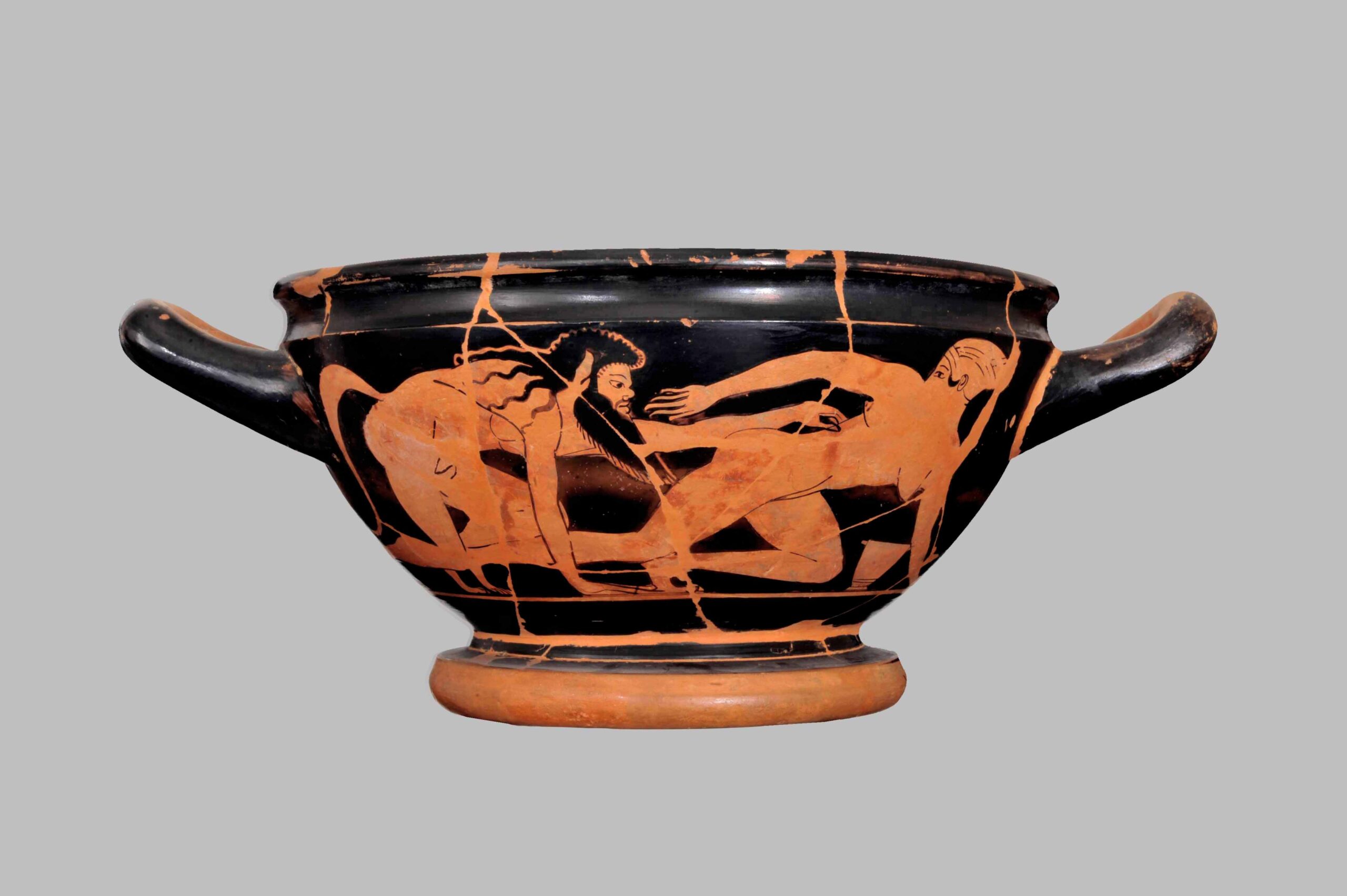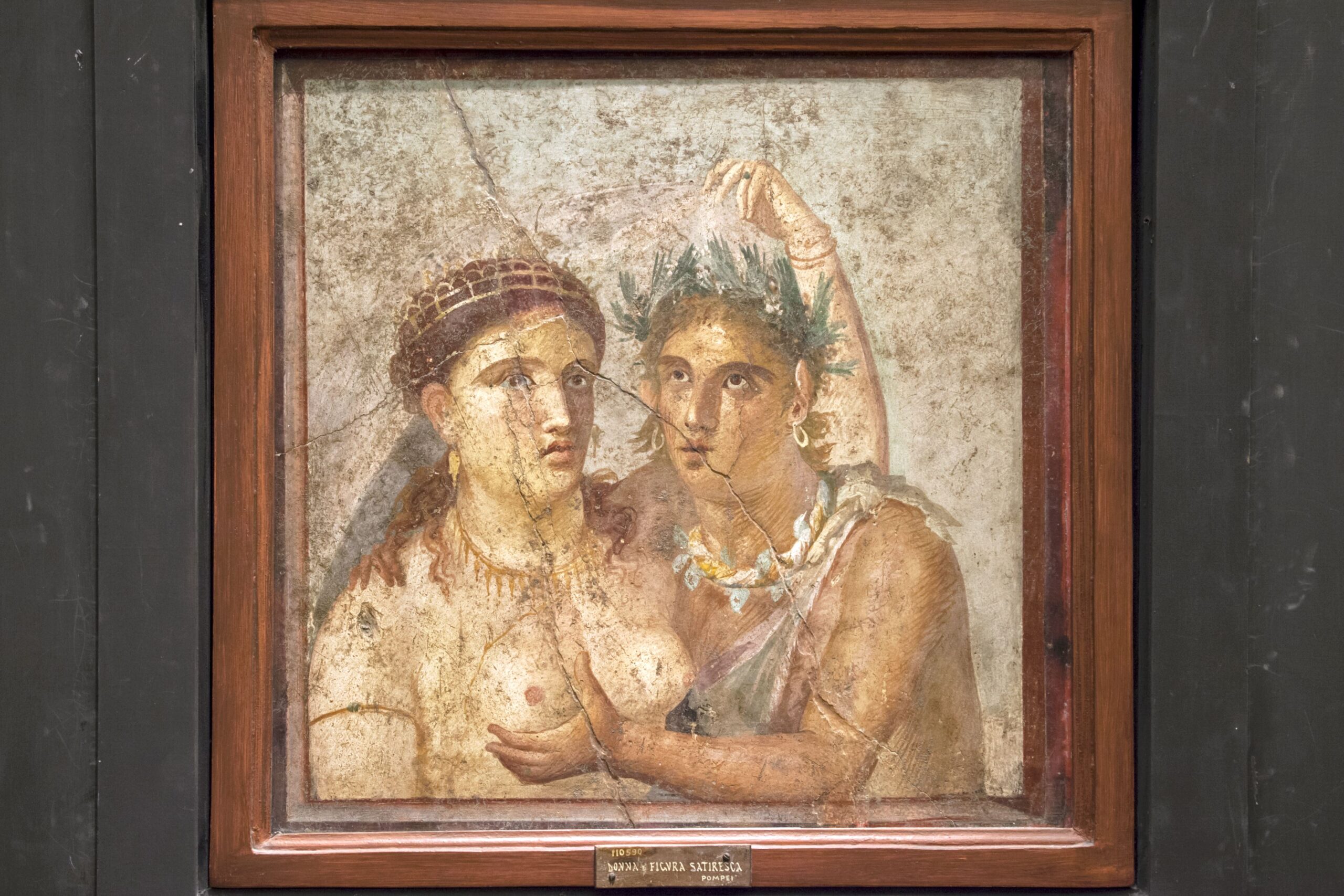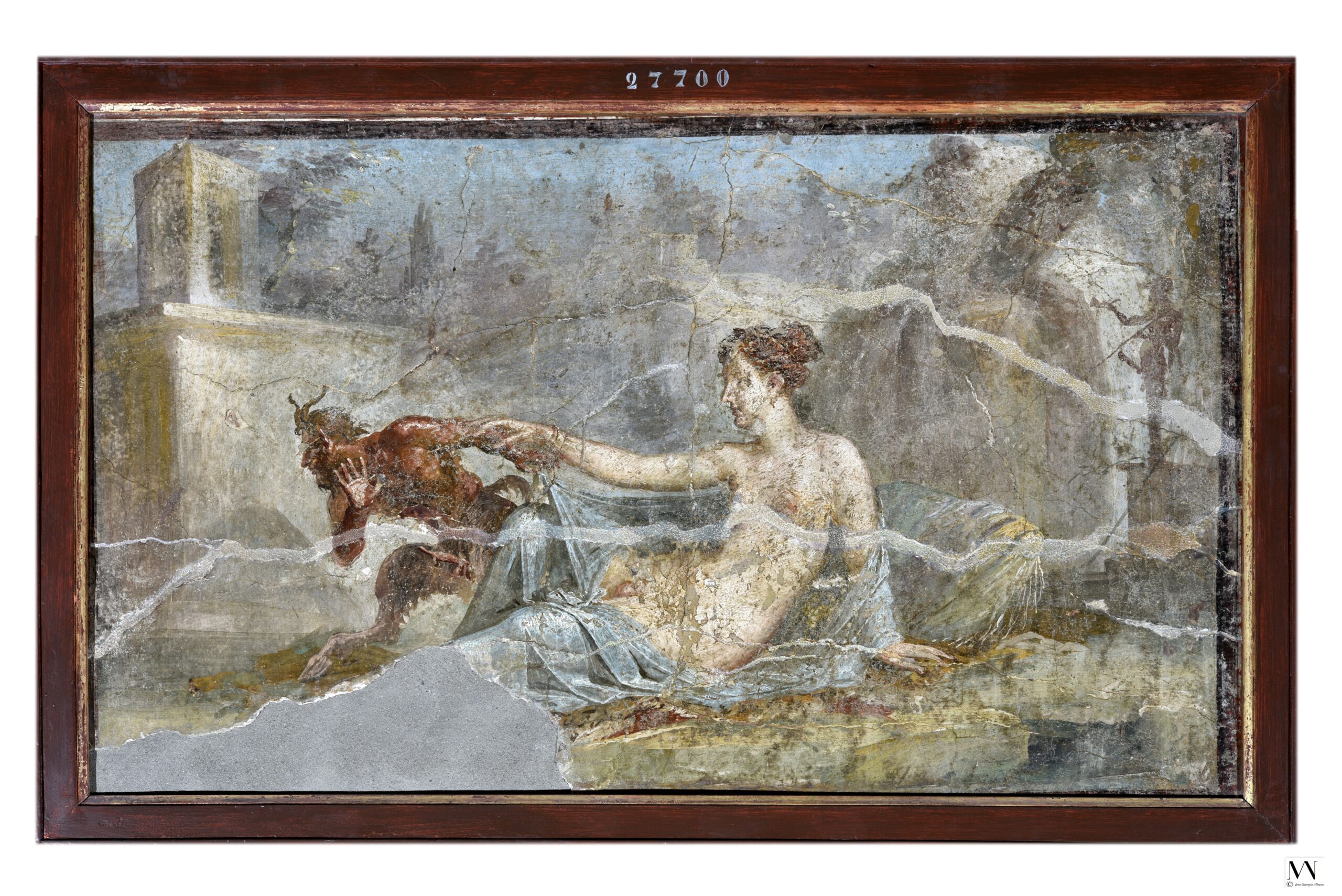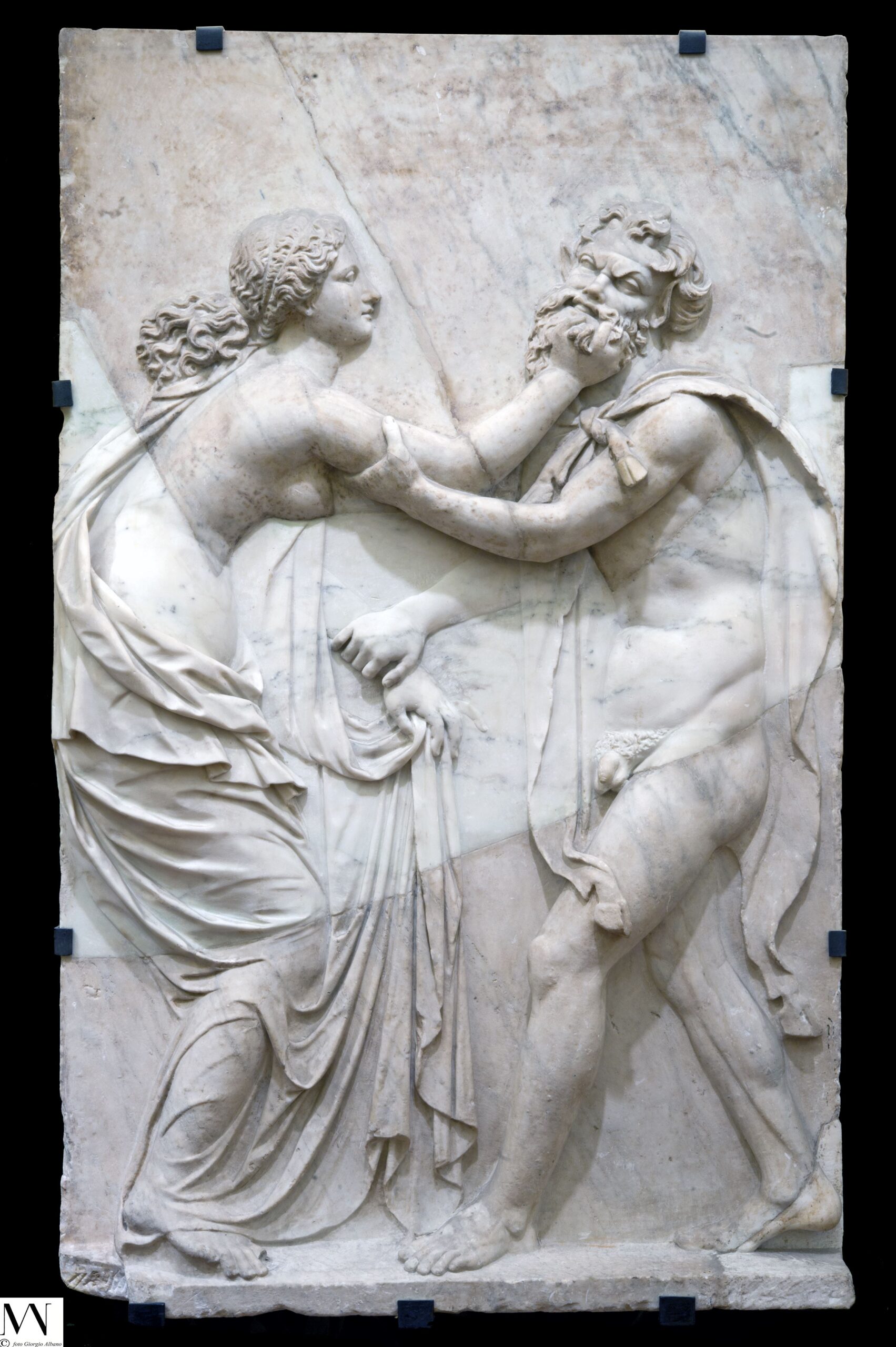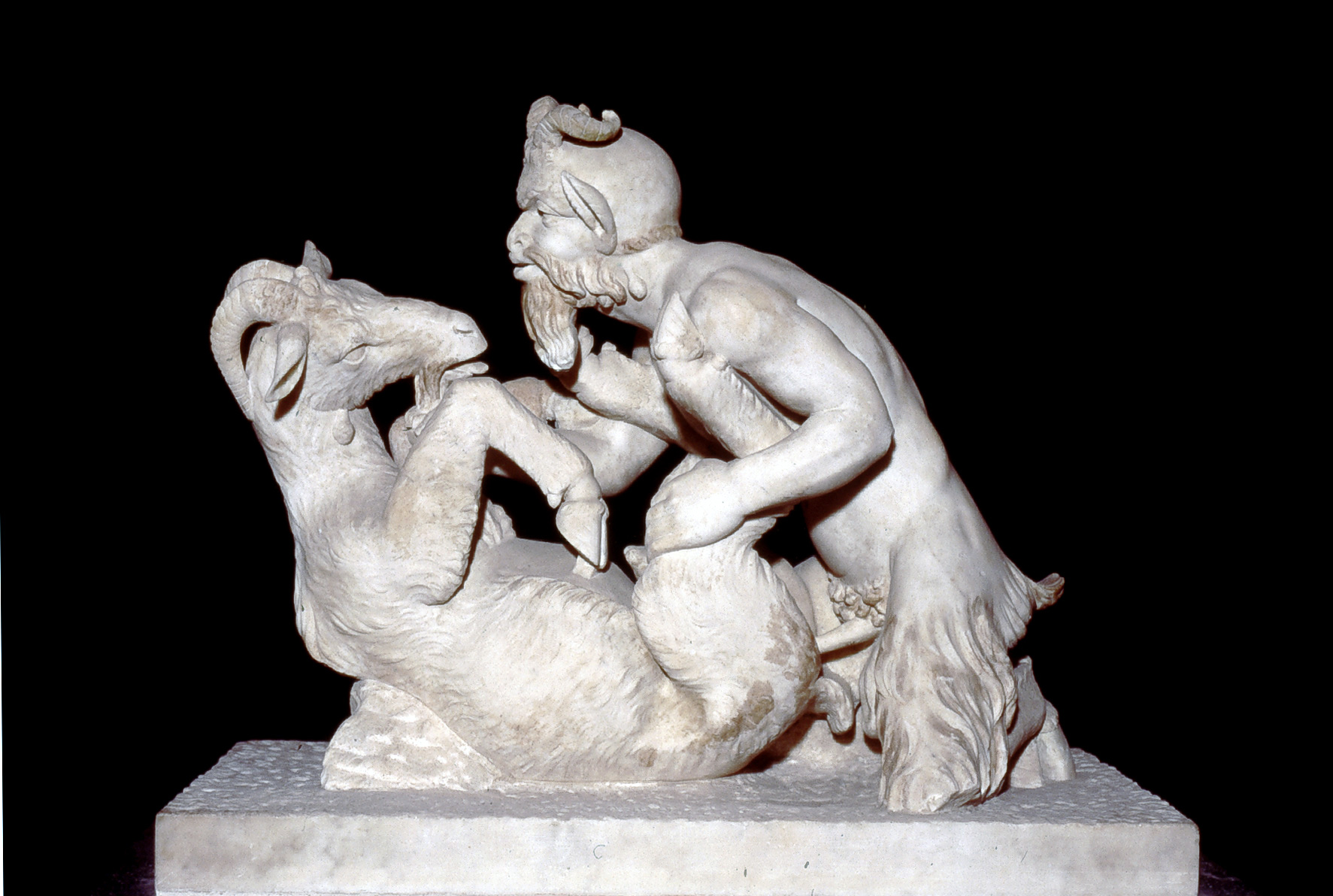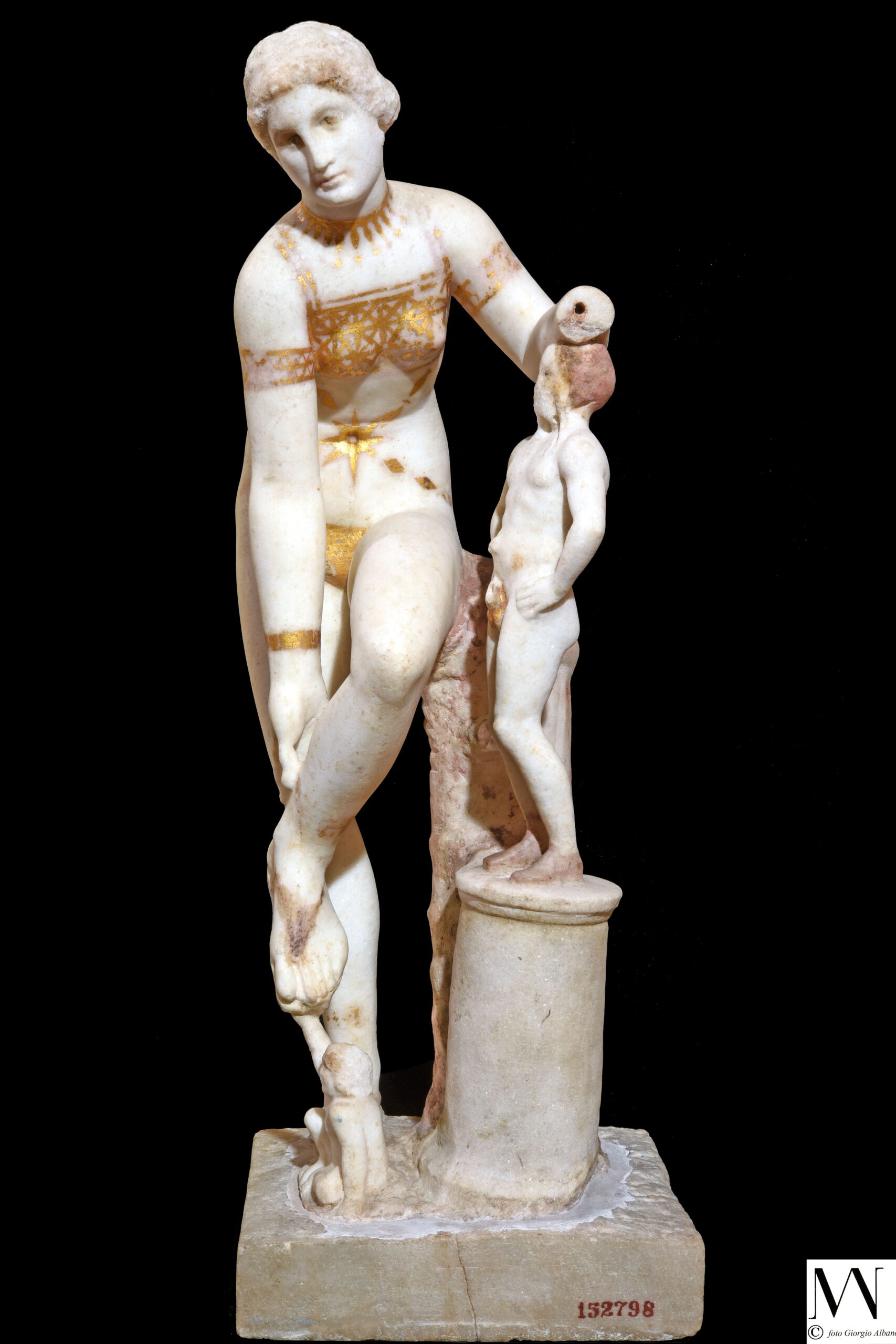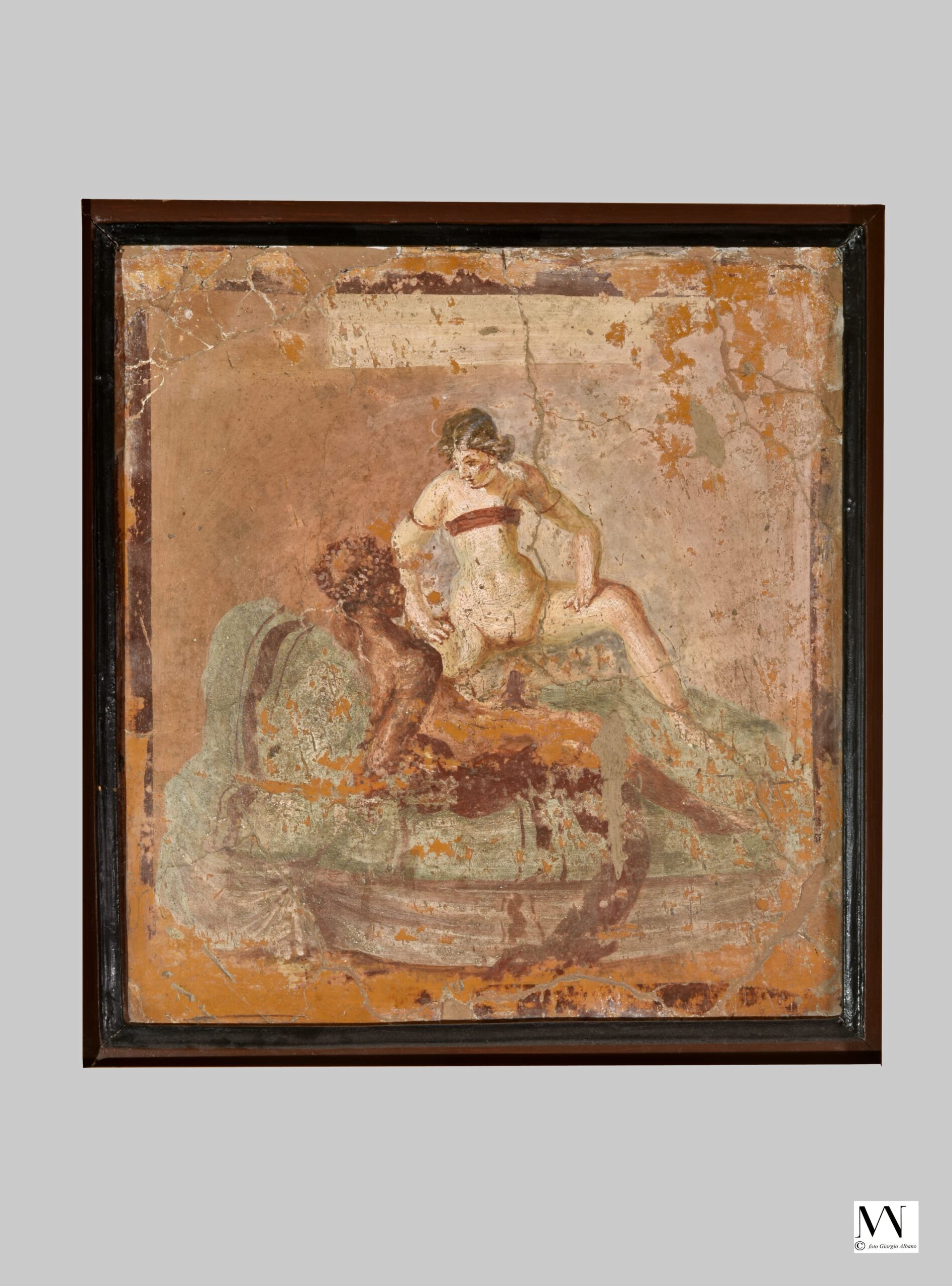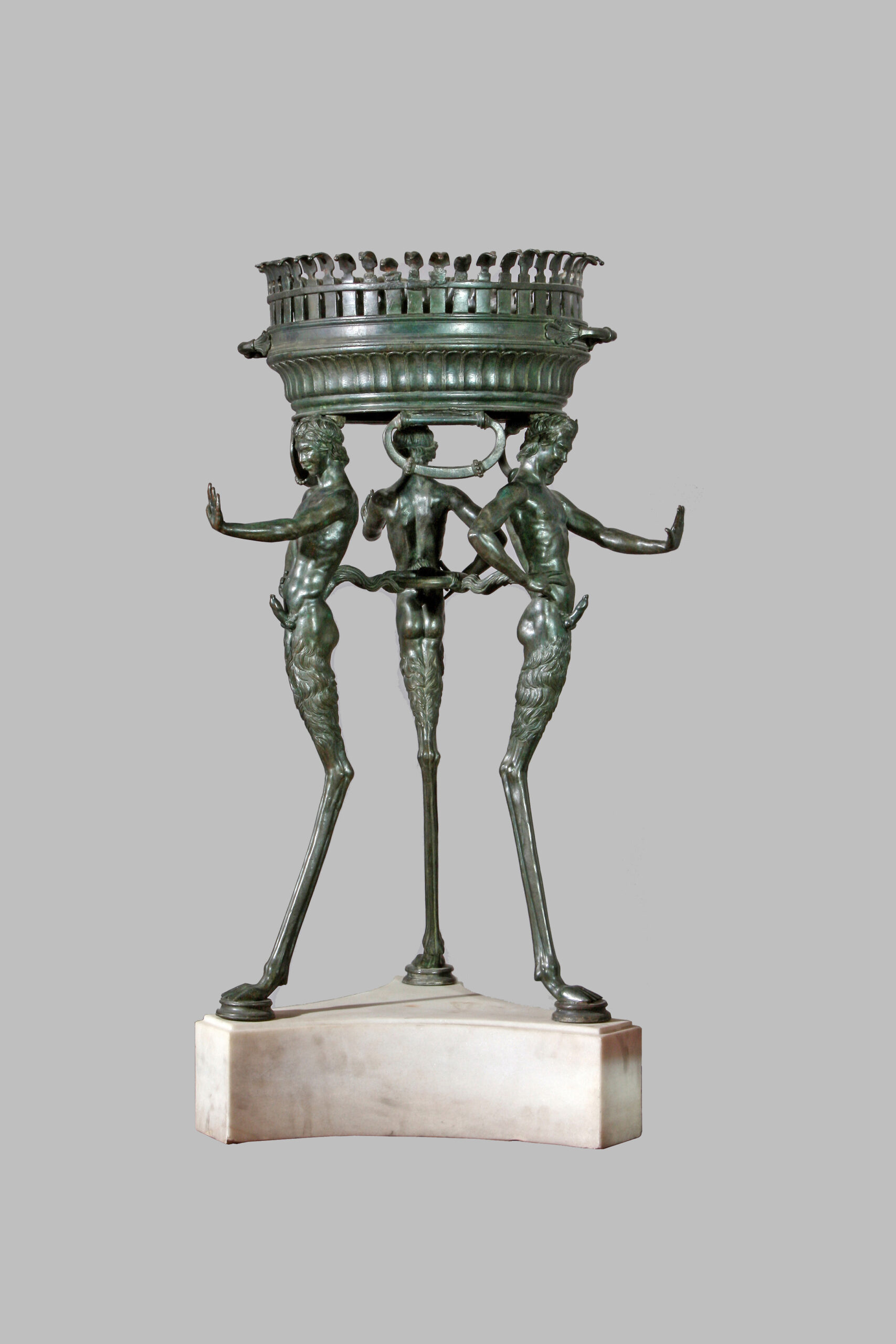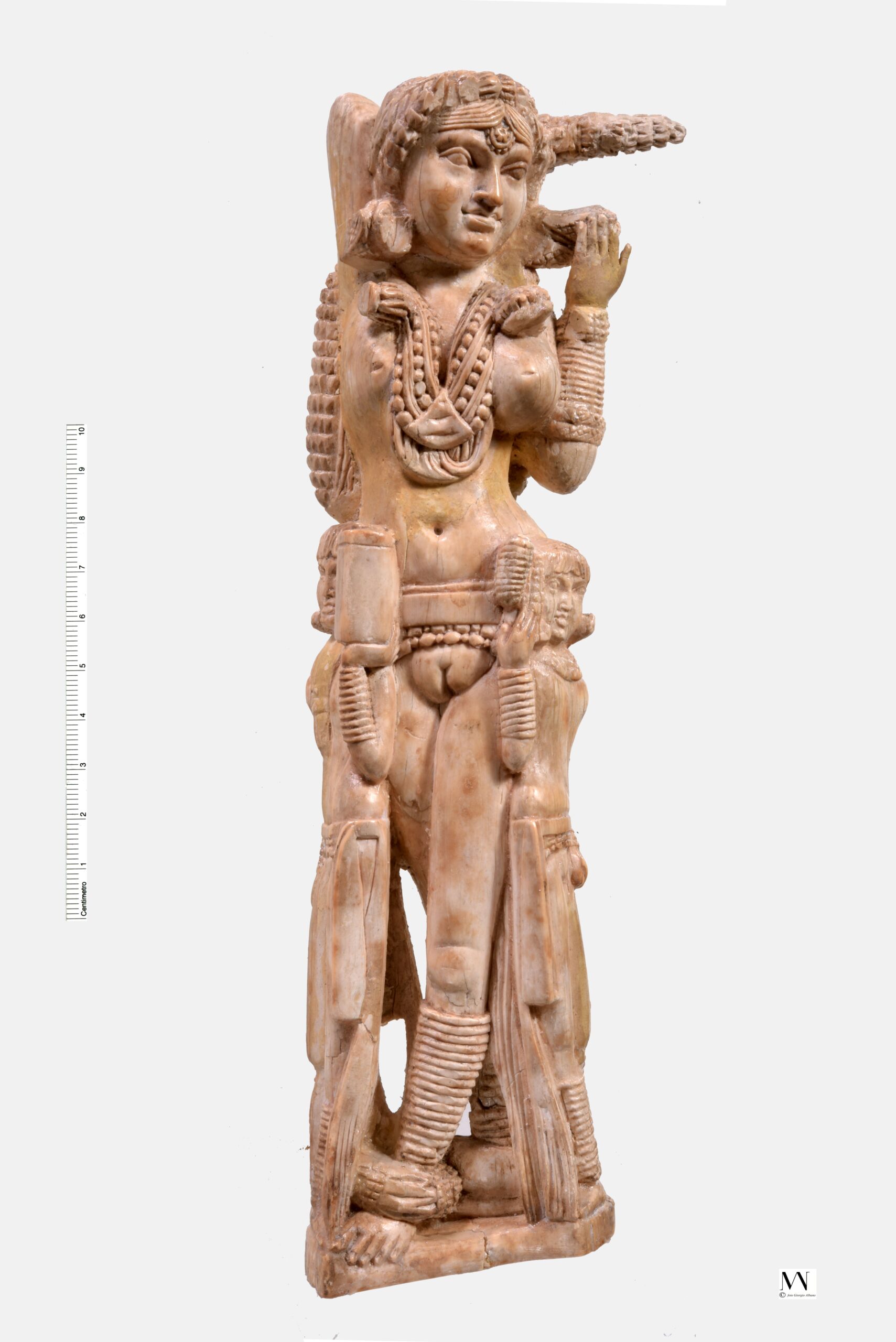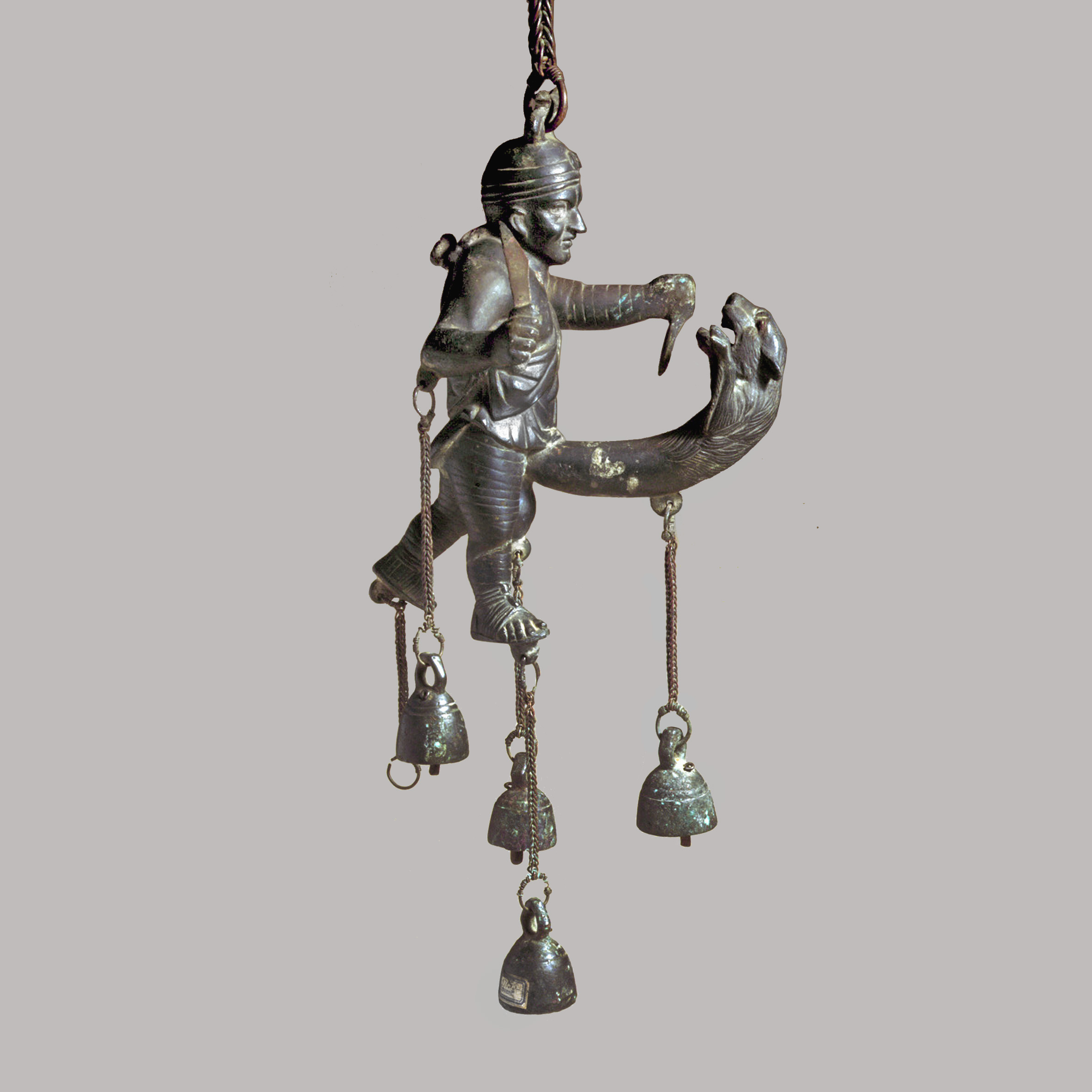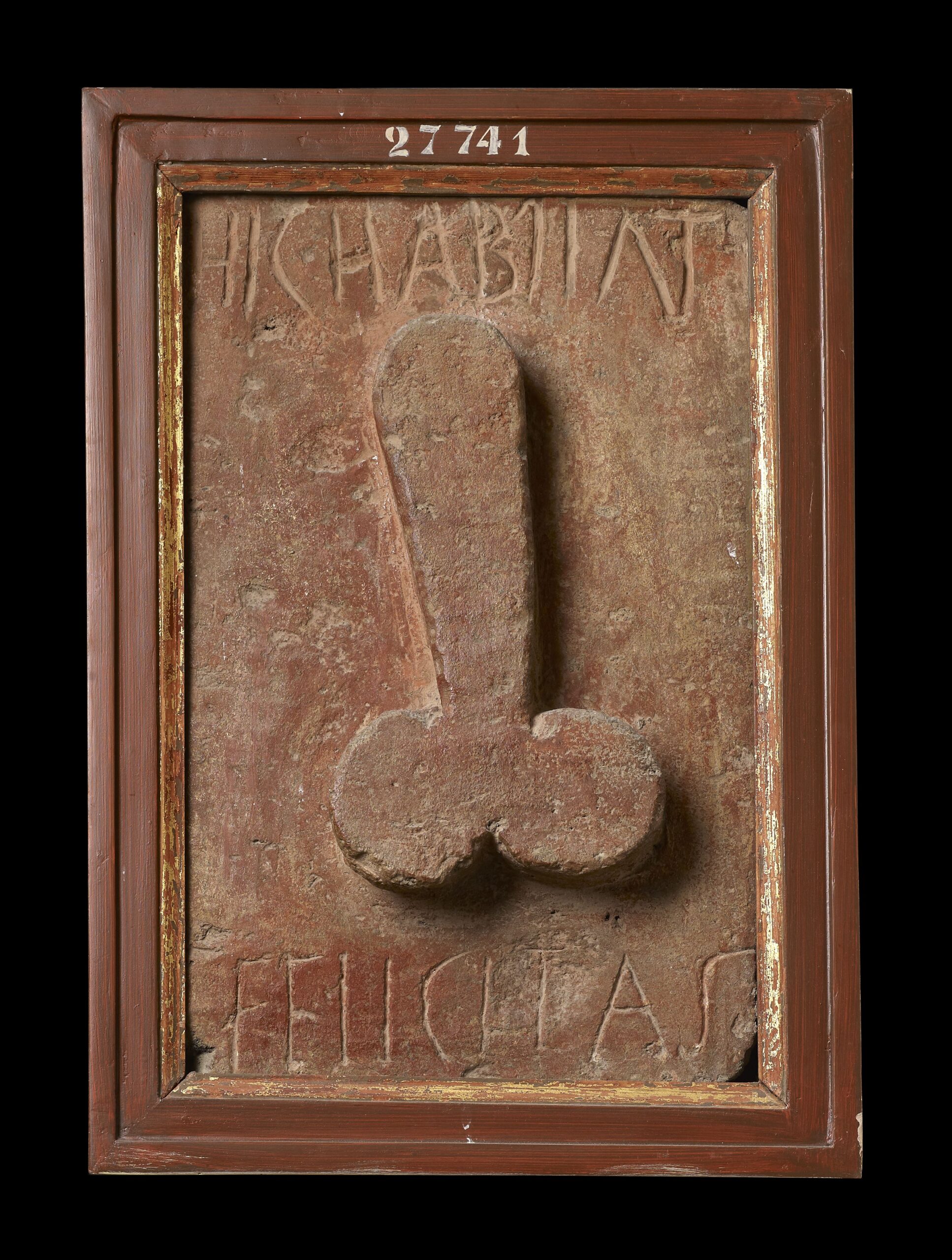Secret Room
The Secret Room is a unique collection boasting 250 sexually-themed objects, mainly dug out during the excavations of Pompeii and Herculaneum. The collection, because of the embarrassment caused by the exhibition of “obscene” and “pornographic” objects, over the centuries, was alternatively censored and physically separated from the other collections, mirroring a more or less liberal attitude of the political scene, as well as of the various Museum’s directors.
In 2000 it has finally re-opened to the public, with a newly arranged gallery display, based on the most advanced criteria, which exhaustively illustrates the different aspects of sexuality in the ancient world. The display follows a chronological and cultural order and the objects are organized according to their function and their material. The anteroom and the small vestibule, immediately after the entrance gate, play host to pre-Roman objects, which do not come from Pompeii.
In the following rooms, the erotic theme is developed according to the provenance and context of the objects, therefore, the tour goes on with the mythological frescoes, detached from original Third and Fourth style walls of private houses at Pompeii, where they played the function of real paintings. In the following room, the garden with its decoration is the protagonist, whereas the less refined but more realistic frescoes from the lupanare, brothels, the banquet furnishings (oil-lamps and tintinnabula, bronze wind chimes) and the good-luck symbols are exhibited further on. The tour continues with phallus-shaped objects commonly found along the street and ends with a look at an antique showcase, displaying erotic objects from the Borgia collection, which are characterized by a dubious authenticity.
